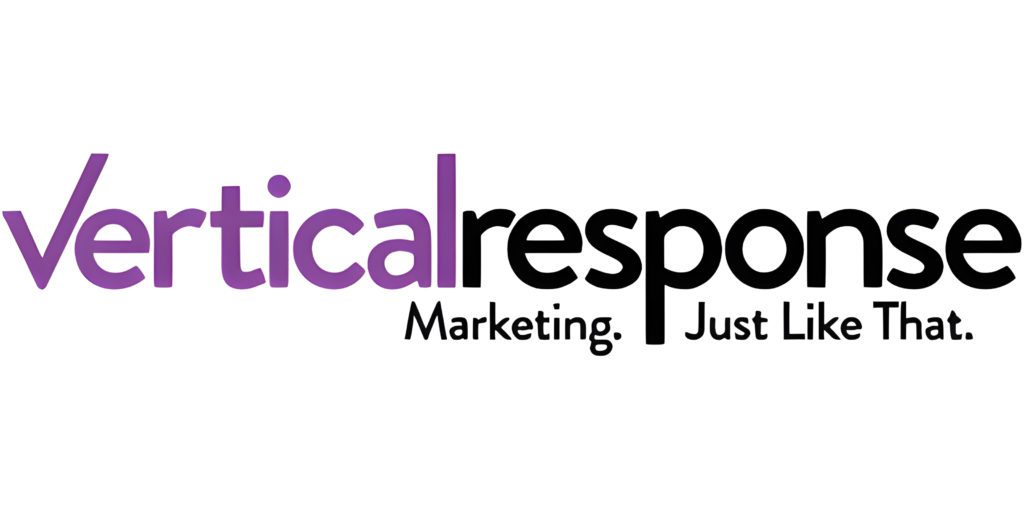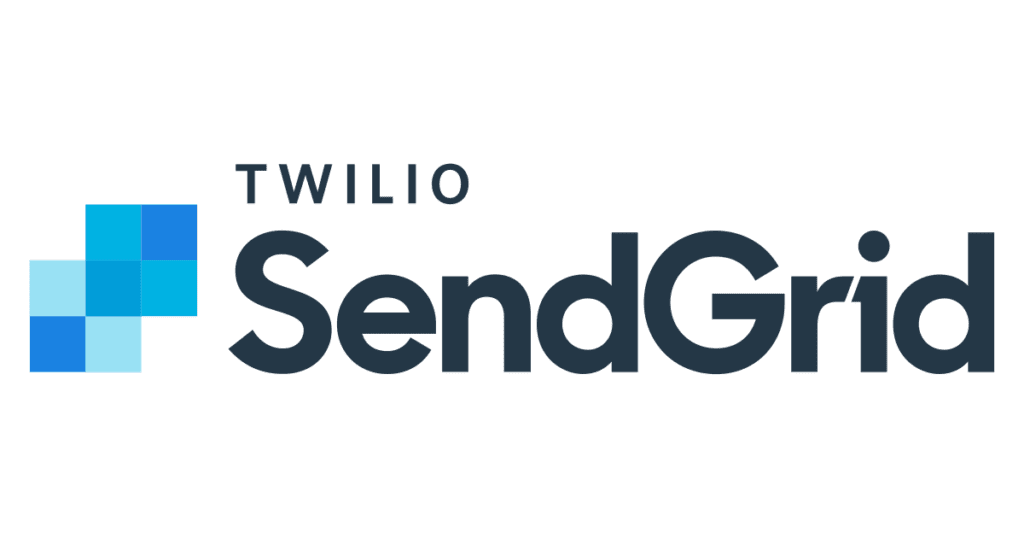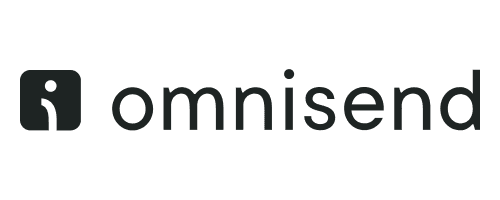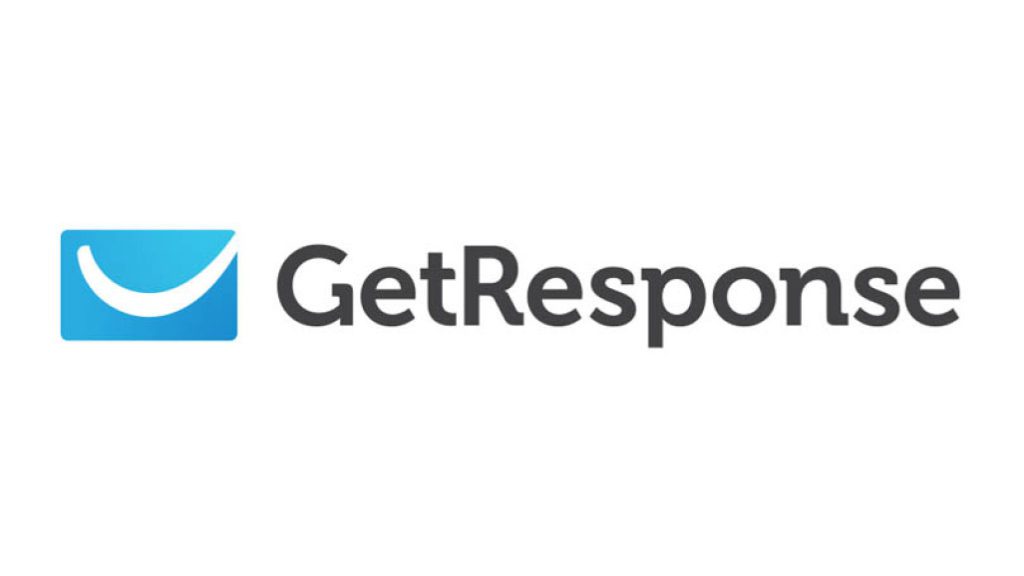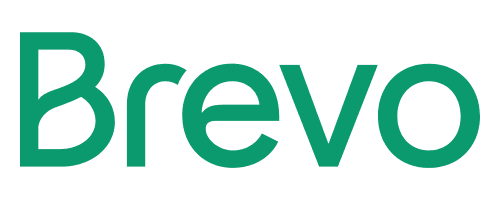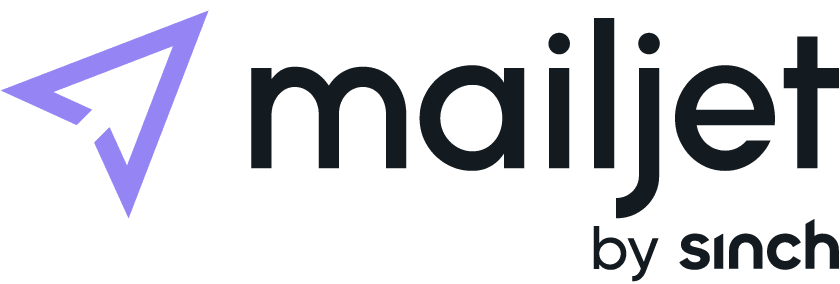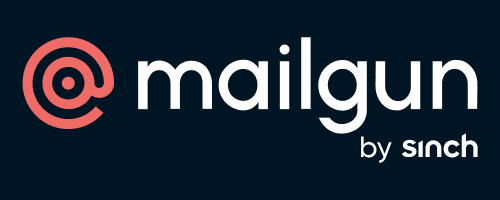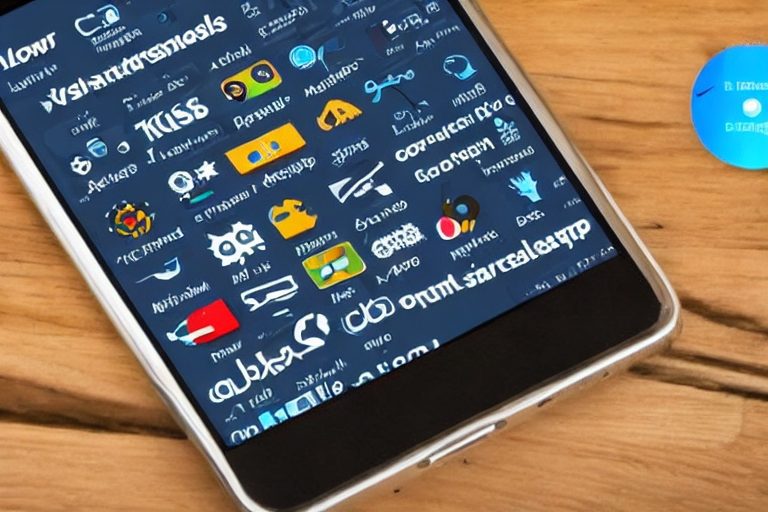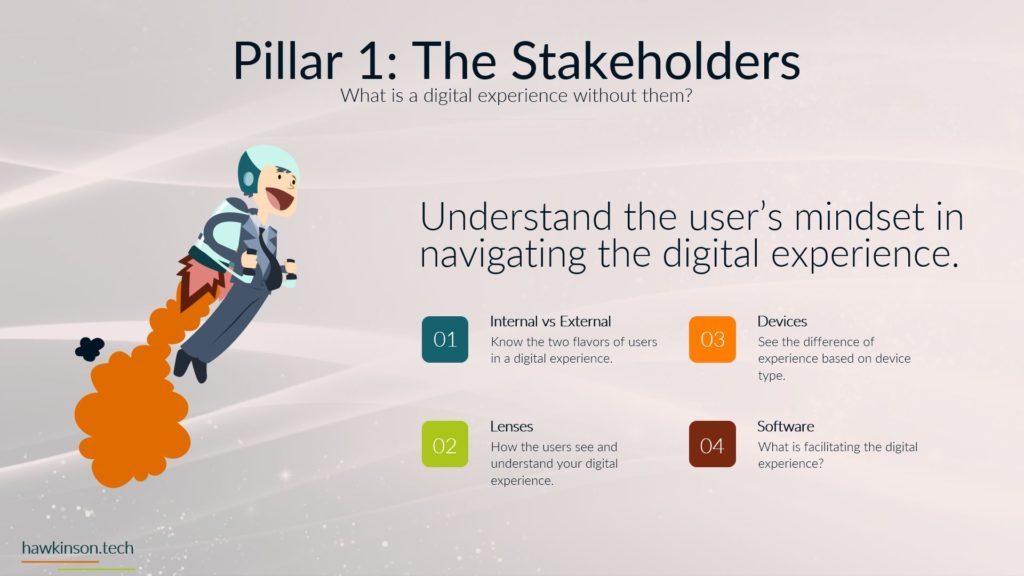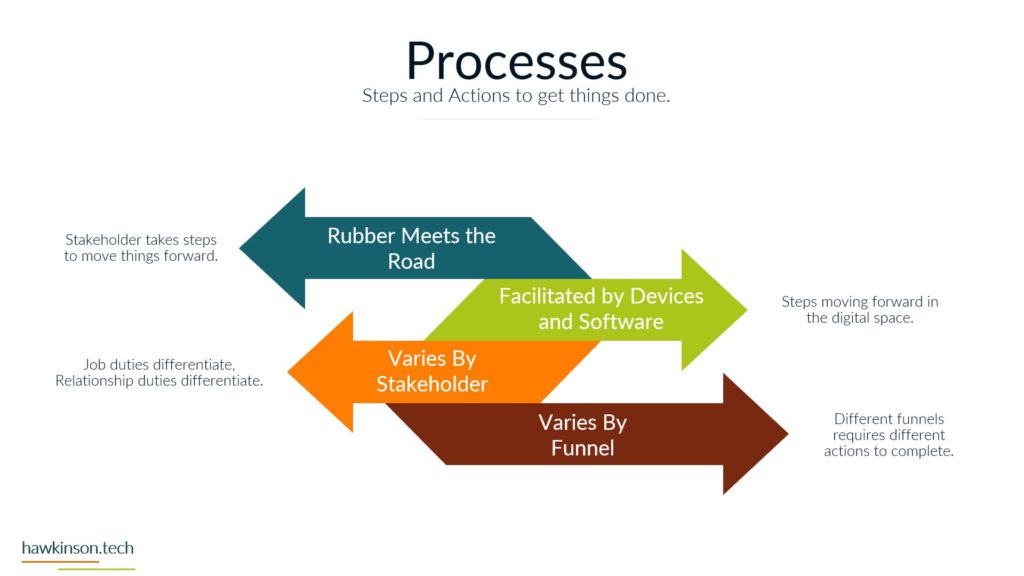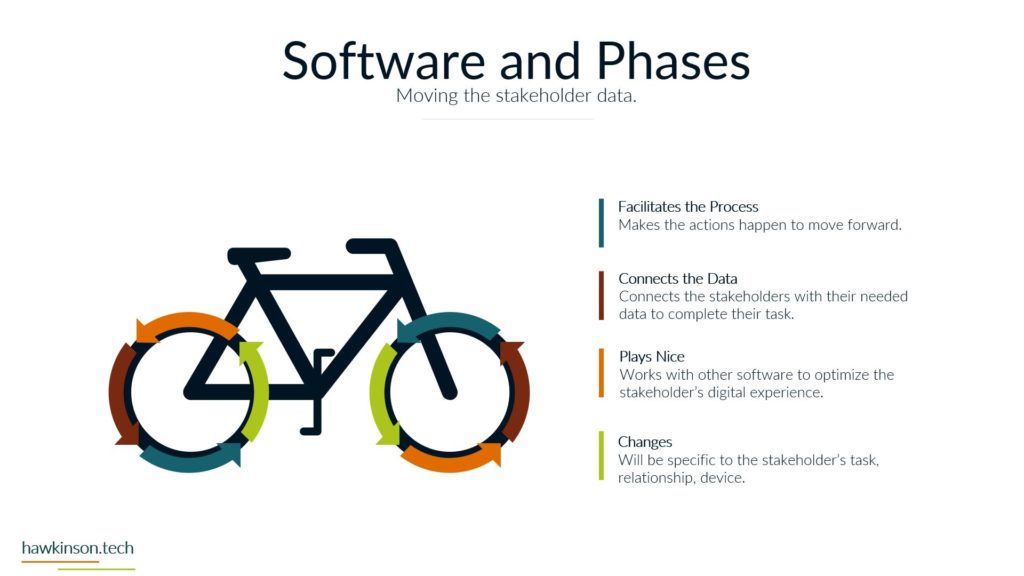Email marketing has become one of the most effective and affordable means of growing your business and improving conversion rates. Email marketing is one of the main strategies of business growth which involves connecting to your subscribers to convert them into customers. However, doing it yourself can mean long hours and too much money. Thus, most digital business marketing firms use Email marketing platforms to make the job easier and affordable.
However, most business owners who have just started building small business websites might not know which platform to use. Therefore, we compiled a list of the top email marketing platforms you can use for your business transformation. Read below to find out more.
Top 7 Email Marketing Platforms
Below is a detailed description of the top Email marketing platforms you can choose for your small business marketing approach.
1. Mailchimp
Mailchimp is one of the most used email marketing platforms available. One of the reasons for its popularity is its user-friendly interface which makes it perfect for beginners. The platform features a drag-and-drop email builder that helps you design your emails efficiently. Moreover, it also features several professional templates to make your job easier.
Mailchimp offers advanced tools such as A/B testing, list segmentation options, personalized email, product recommendations, and send time optimization. The platform also offers social media ads and schedules, which is perfect for small business advertising on social media.
However, for all its features and usability benefits, Mailchimp is considerably more expensive than other email marketing platforms. Hence, most business owners start with the platform to learn the ropes, only to move on to a more affordable one later.
However, the platform does offer a forever free plan, which does have many limitations, but is perfect for beginners since they won’t require such advanced features.
2. ActiveCampaign
ActiveCampaign has built a reputation as one of the best email marketing platforms. The platform is equipped with some of the most powerful automation to help personalize your emails for your target audience.
ActiveCampaign integrates visual marketing automation, making it easy to use. Moreover, it is more than just an email marketing platform featuring a built-in CRM system that helps you manage live chats and sales.
The platform asl integrates with over 200 apps to allow better usability and a range of features. Moreover, it gives you information on user demographics to enable email personalization.
However, with so many advanced features, there is a bit of a learning curve involved. This might not be a problem for more advanced users, but it could take a while to grip for beginners.
3. Sendinblue
Sendinblue is another multipurpose software that has gained popularity as one of the best email marketing tools for small businesses. Sendinblue offers a range of tools that can help you form the perfect email marketing strategy.
The platform features some of the must-haves for email marketing platforms, including A/B testing, personalized content, subscriber segmentation, drag-and-drop builder, several templates, and send time optimization. Moreover, it also features rare features in email marketing platforms, such as multichannel tools (e.g., SMS, live chat, and Whatsapp campaigns) and an integrated CRM.
Sendinblue also features a tracker that allows your website to trigger emails for different actions on the site. The free version will enable you to send 300 emails daily, with each email having its branding. However, the paid version offers greater features and is one of the most affordable plans for email marketing platforms.
4. HubSpot
HubSpot is one of the most well-known email marketing platforms that also offers a CRM, landing page creation tool, form management, and everything else you need when creating a business website. HubSpot features a WordPress plugin that makes it easier to use and send email campaigns through WordPress.
HubSpot features a drag-and-drop email builder and a variety of template designs to choose from. Moreover, you can customize your emails to match the color and personality of your brand. The platform also allows you to customize your emails based on your subscriber’s country, membership, or actions on your website.
The platform also features basic tools you would expect from good email marketing software, including A/B testing, performance analysis, automation, drip campaigns, and send time optimization.
5. MailerLite
MailerLite is one of the most affordable email marketing platforms that you can use and offers one of the highest monthly sending limits. MailerLite gained popularity for its simplicity and range of email marketing tools.
MailerLite offers unlimited audience segmentation, easy drag-and-drop email builder, subscriber management, unlimited pop-up, automation, A/B testing, and send time optimization. Using the platforms, you can also create a website and up to ten landing pages.
One of the reasons why MailerLite is easy to use is its comprehensive education programs that involve monthly webinars, tutorials, and guides, allowing you to understand the platform and learn how to take full advantage of the features.
6. Moosend
Moosend is one of the best all-in-one email marketing platforms to help you create email campaigns for your business. The platform offers several tools perfect for creating email campaigns, newsletters, and subscriber lists. Moreover, it allows you to customize email templates to create an email design that fits your website.
One of the reasons why Moosend is so popular is its affordability and the features you get for such a low price. Moreover, you can pay only when you send emails and not for monthly subscriptions when you are not even using them.
The low price does not mean you are missing out on some essential email marketing tools. The platform features all the tools you need, including A/B testing, send time optimization, AI engine, conditional content, and more.
Moosend also provides detailed email analytics to see how your audience reacts to your email campaigns, from opens, clicks, and bounces to product views and purchases. Moreover, the tracker gives you information on customer demographic so you can create personalized emails.
7. ConvertKit
Last but not least, ConvertKit is among our list of the top seven email marketing platforms to use. The platform offers features such as A/B testing, personalized emails, customizable templates, drip campaigns, and more.
ConverKit is best for sending documents or attachable materials through emails. Moreover, ConverKit features automation software that allows you to design emails based on subscriber behavior on your website.
You can easily segment subscribers and integrate targeted email marketing using ConverKit. You can also get additional functions such as subscriber scoring, advanced reporting, newsletter referral, and more if you opt for the paid plan.
Choosing the Right Email Marketing Platforms
When it comes to choosing between email marketing platforms, the choice can be tough, given that there are so many good softwares. However, there are several factors you can consider to choose the best one for you, including:
- Send limits: What are the email limits on the platform, and does the limit seem fair for the price?
- Integration with other marketing software: Does the platform work with the CRM or e-commerce software you are using? Can the platform help you retarget existing ads on social media and your website?
- Ease of use: Can you easily create and design emails, or will you need to hire a professional?
- Price: Does that cost seem appropriate to the platform’s features?
Bottom Line
Email marketing has become an integral part of running a business website and can help improve sales and build brand image. While doing it manually can take considerable effort, time, and expense, you can use email marketing platforms for easier and more affordable email marketing features. Hopefully, our list of the top email marketing platforms gives you enough insight to choose the best software that works for you.











